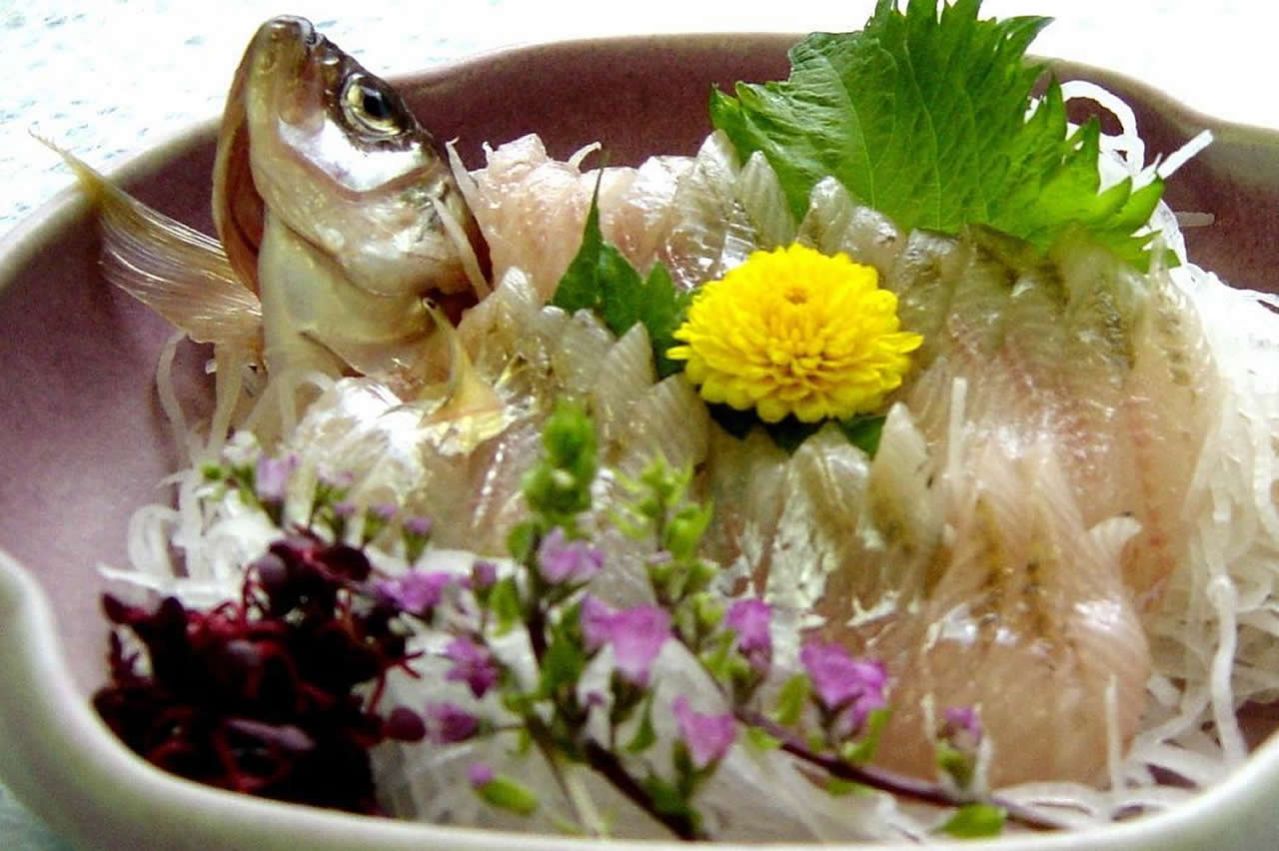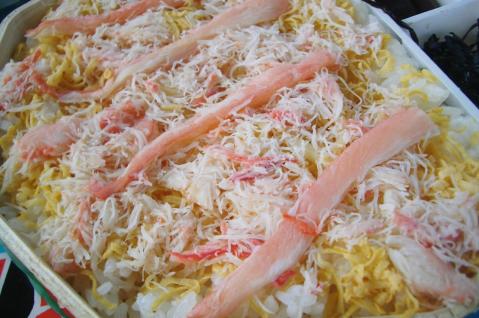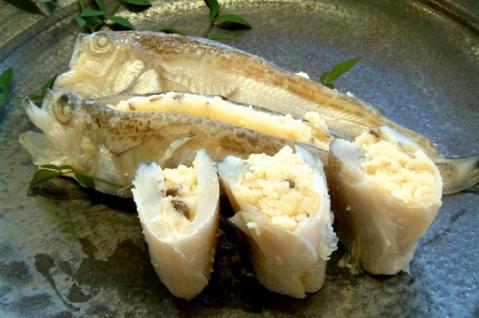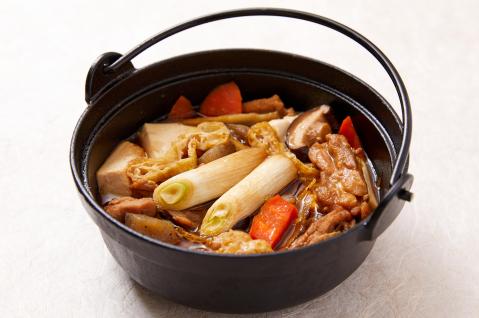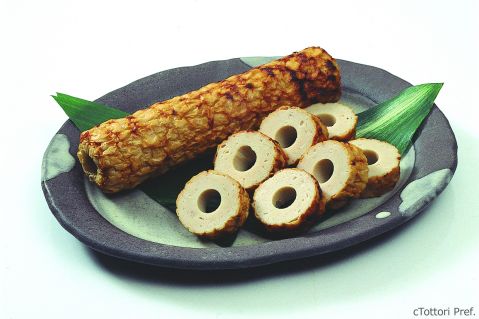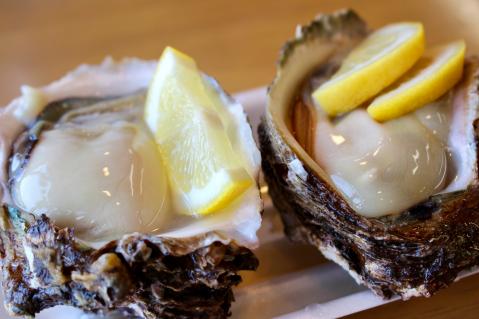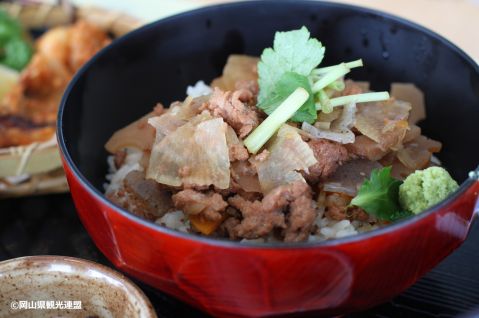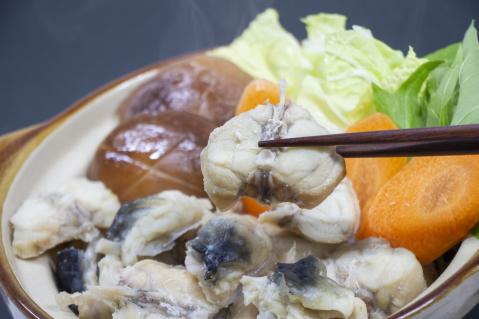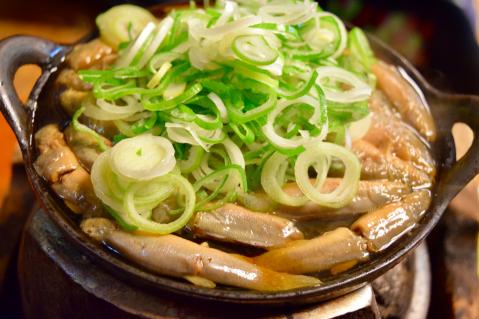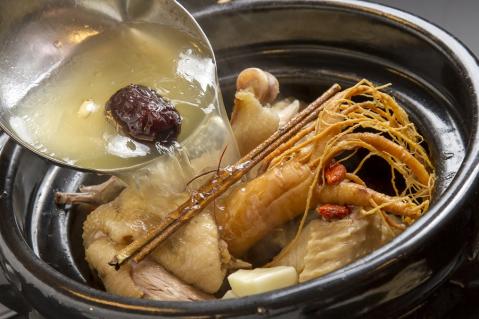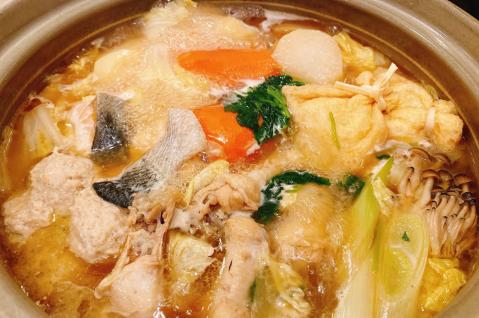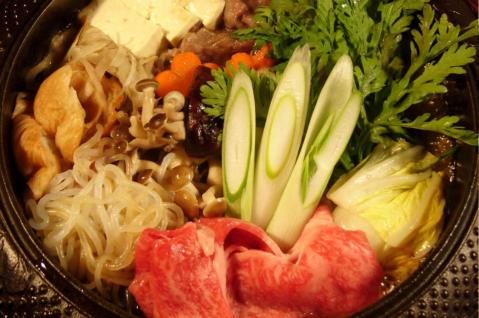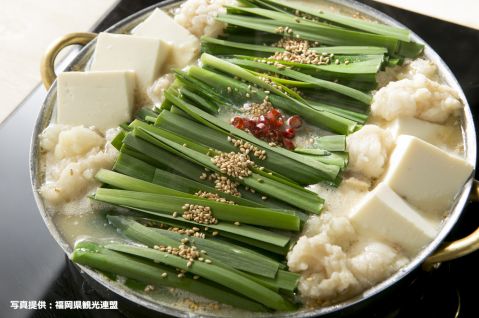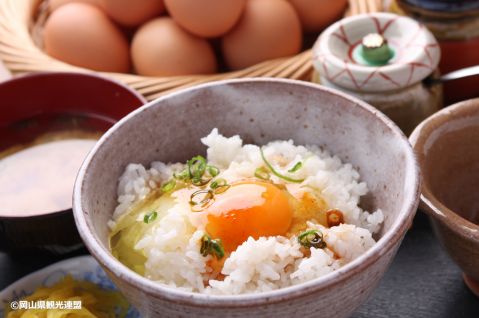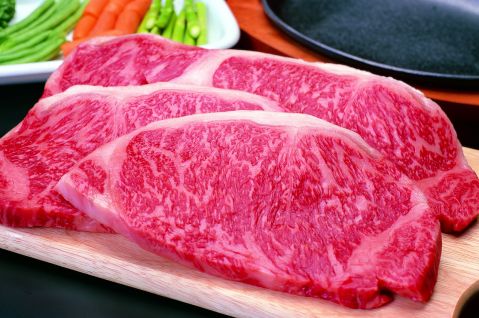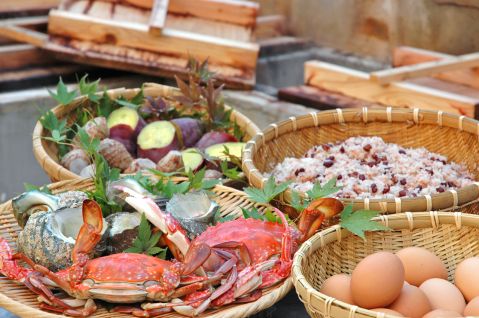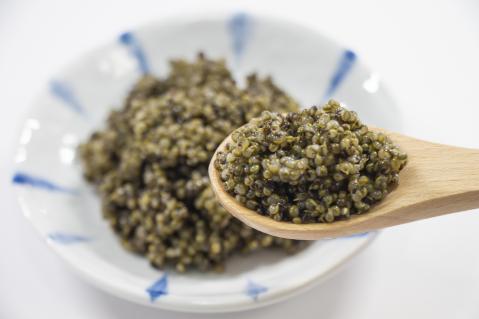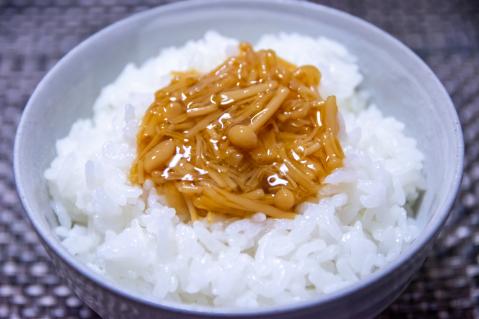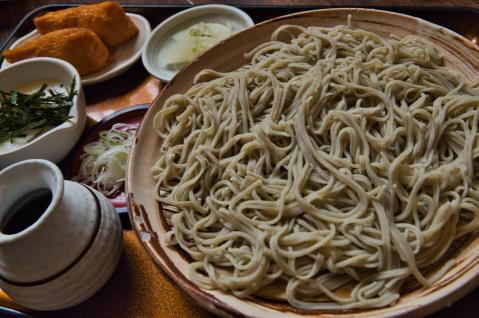Babachan Hot Pot
Babachan Hot Pot: A hidden treasure from the deep sea for taste and beauty
About Babachan Hot Pot
Babachan Hot Pot (ばばちゃん鍋, Babachan nabe) is a beloved local dish from Iwami Town in Tottori Prefecture, featuring a deep-sea fish called *tanakagenge*. Affectionately nicknamed "Babachan," its name comes from the fish's wrinkled appearance, which resembles an elderly grandmother.
Tanakagenge thrives in the depths of the Sea of Japan, between 300 to 500 meters underwater. Once overlooked due to its ungraceful appearance, this fish was traditionally consumed by fishermen and their families. However, its mild, delicate white flesh and high collagen content have earned it recognition as a nutritious and skin-friendly ingredient. Today, it is a prized specialty of Iwami Town.
Babachan Hot Pot is a comforting dish prepared by simmering the tender white fish in a simple, light broth. Its clean and subtle flavor pairs beautifully with the gelatin-rich, springy texture of the skin. Perfect for warming up during chilly winter months, this dish is a local favorite. Beyond hot pot, the fish is also enjoyed as sashimi, stewed dishes, tempura, and more, making it a versatile and highly sought-after delicacy.
Though its limited availability means it’s not always easy to find, tanakagenge can be purchased at markets and supermarkets in Iwami Town or around Karo Port in Tottori City, especially during the winter Matsuba crab fishing season. Visitors can also savor Babachan dishes at local inns and guesthouses with prior reservations, making it a popular choice for tourists.
As a symbol of regional culinary heritage, Babachan Hot Pot remains a treasured dish that continues to be cherished by the local community.
Related videos
Reviews
There are no reviews yet.

